Key Takeaways
- Sideboards combine storage and display functions, helping organize office supplies while showcasing awards or creating a coffee station.
- Measure your space first, then choose based on intended use—storage-focused, display-focused, or tech station needs.
- Consider practical features like cable management, adjustable shelves, and weight capacity to ensure it handles your daily office demands.
Introduction
A sideboard can bring both function and style to your office. It’s great for storing files and supplies while displaying awards or plants.
This guide walks you through choosing the perfect sideboard for your office needs. You’ll learn to define its use, pick the right size, style, material, and finish, weigh features, and set your budget. Now, let’s dive in.
Why Use a Sideboard in an Office?
A sideboard keeps your office organized while making it look better. This low storage cabinet gives you a central spot to store supplies, files, and equipment. You'll have less clutter on your desk and around the room.
The top surface works great for display, too. You can showcase company awards, plants, books, or set up a coffee station there. This adds personality to your workspace.
Beyond storage and display, sideboards help define different areas in open offices. They can separate work zones without blocking light or views.
What is the Difference between a Sideboard, Buffet, and a Credenza?
People often mix up these terms, but each piece has its own story and design features.
Sideboard
A long, low cabinet with short legs. Originally made for dining rooms, its practical design now works great in offices. You'll find them with drawers and cabinets perfect for storing office supplies or displaying awards.

Buffet
Looks similar, but sits higher off the ground on taller legs. The name gives away its purpose; it's mainly for serving food in dining rooms. The extra height makes it easier to serve from.
Credenza
A credenza sits close to the floor with little to no legs. Many have sliding doors instead of swinging ones. These are office favorites, often placed behind desks where you can grab files without getting up.
In reality, modern furniture stores use these names pretty loosely. Focus on finding the features that work for your office rather than worrying about the exact label.
Related Reading: Sideboard vs Buffet vs Credenza
How to Choose the Perfect Sideboard for the Office?
Picking the right sideboard means thinking about your office needs and current setup. Before you start shopping, know exactly what you want—how you'll use it, what size fits, and which style matches your space.
Determine the Intended Use
Start by thinking about what your sideboard needs to do in your office every day.
- Storage-focused: If paperwork and supplies are taking over your desk, focus on drawers and cabinets. These hide files, printer paper, and office supplies while keeping everything organized and accessible.
- Display-focused: Maybe you want to showcase awards, books, or company achievements. Choose a sideboard with a generous top surface and consider glass-front cabinets, so that your items stay visible but protected from dust.
- Tech station: Many offices need a spot for printers and charging stations. Look for sideboards with built-in cable management holes and sturdy shelves that can support equipment weight.
- Best of both worlds: Most people need all three. Modern sideboards often combine closed storage, display shelves, and cable-friendly designs. Hide the messy stuff, display the nice pieces, and keep your tech organized.
Get the Size Right
Your sideboard needs to fit your office without cramping the space or looking lost.
Measure First
Grab a tape measure before you shop. Check the height, width, and depth of your intended spot. Don't forget to measure doorways too—you need to get it into the office.
Check Clearances
Leave room for doors and drawers to open fully. Add at least 36 inches in front for comfortable access. Nobody wants to squeeze past furniture to reach supplies.
Match Your Proportions
Your sideboard should feel right next to your desk and other furniture. Too big makes the room feel cramped. Too small looks like an afterthought.
Pick the Right Height
- Standard height (34-36 inches): Works for most offices and printer placement
- Taller options (up to 40 inches): Great for display items or maximum storage
- Lower pieces (28-32 inches): Easier to reach, good under windows
Think ergonomics—items you grab daily should sit at elbow height. Printers work best at 30-36 inches for comfortable paper loading.

Choose Your Style and Finish
Your sideboard's appearance sets the tone for your entire office. The style should complement your existing furniture, while the finish can either blend in or create an intentional contrast.
Traditional offices look great with rich cherry or mahogany finishes and classic detailing. Modern spaces call for sleek lines in black, white, or two-tone combinations. Industrial-style offices need that weathered wood and metal accent combination.
Pick Materials that Work
- Wood: Classic and durable, lasts decades with proper care
- Metal: Modern look, handles heavy use, wipes clean easily
- Glass: Opens up small spaces but needs frequent cleaning
- Laminate: Budget-friendly option that mimics wood convincingly
- Mixed materials: Wood tops with metal legs offer the best of both worlds
Consider daily wear—metal resists scratches best, while real wood can be refinished when needed. For finishes, matte hides fingerprints while glossy brightens dark corners.
Get the Features Right
The right features turn a basic sideboard into an office powerhouse. Think about your daily routine and what would make your work life easier.
Storage Options to Consider
- Doors: Perfect for hiding clutter and supplies you don't need daily
- Drawers: Keep frequently used items within easy reach
- Filing systems: Built-in options save money on separate file cabinets
- Adjustable shelves: Adapt to changing needs—tall for binders, short for supplies
Don't Overlook These Extras
- Cable management holes for a clean desk setup
- Soft-close hinges to maintain quiet during calls
- Locks for confidential documents
- Pull-out trays that double as keyboard stands
- Strong weight capacity for printers (check limits first)

FAQs
What is the best height for an office sideboard?
The right height depends on how you'll use it. Standard sideboards sit at 34-36 inches, perfect for most office tasks. Need maximum storage or a display surface? Go taller, up to 40 inches. If you're constantly reaching for items on top, stick with a lower piece around 28-32 inches for easy access.
Can I put a TV or monitor on a sideboard in an office?
Absolutely. Sideboards work great for conference room screens or executive office displays. Just check the weight capacity in the manufacturer specs and make sure the top is wide enough for stable placement. Pick a unit with cable management to keep wires hidden and maintain that professional look.
Where is the best place to put a sideboard in an office?
Location depends on function. The classic spot is against a wall to anchor the room. Behind your desk, create a credenza setup with storage within reach. In open offices, use it as a room divider to separate work zones. Reception areas and common spaces also benefit from the extra storage and visual appeal.
How much storage do I need?
Calculate based on what you'll store. One drawer typically holds 20-30 files. Shelves fit 3-4 binders or 10-15 books each. Add 20% extra capacity for growth. Most offices need at least two drawers and two shelves to start.
Ready to Choose Your Sideboard?
Finding the right sideboard just got easier. Belleze combines style with practical features that actually improve your workday.
What makes them work for offices:
- Styles from mid-century modern to farmhouse—match any decor
- Special touches like cane webbing and fluted doors
- Strong enough for monitors and printers
- Adjustable shelves fit tall binders or small electronics
- Quality hardware that looks professional
These sideboards aren't just storage pieces. They double as media consoles, printer stands, or display surfaces. The sturdy construction handles heavy equipment without wobbling, while thoughtful details turn basic storage into a focal point.
Final Thoughts
Choosing the right sideboard takes thought, but it pays off for years. You've considered function, measured your space, picked a style, and identified key features.
Set your budget and compare prices across stores. Don't rush—quality pieces last decades and adapt as your needs change.
The right sideboard does more than store supplies. It streamlines your workflow, reduces daily stress, and makes your office somewhere you actually enjoy working. That's a solid investment in your productivity.
Read More:
How to Decorate a Sideboard: Simple Ideas for Every Season


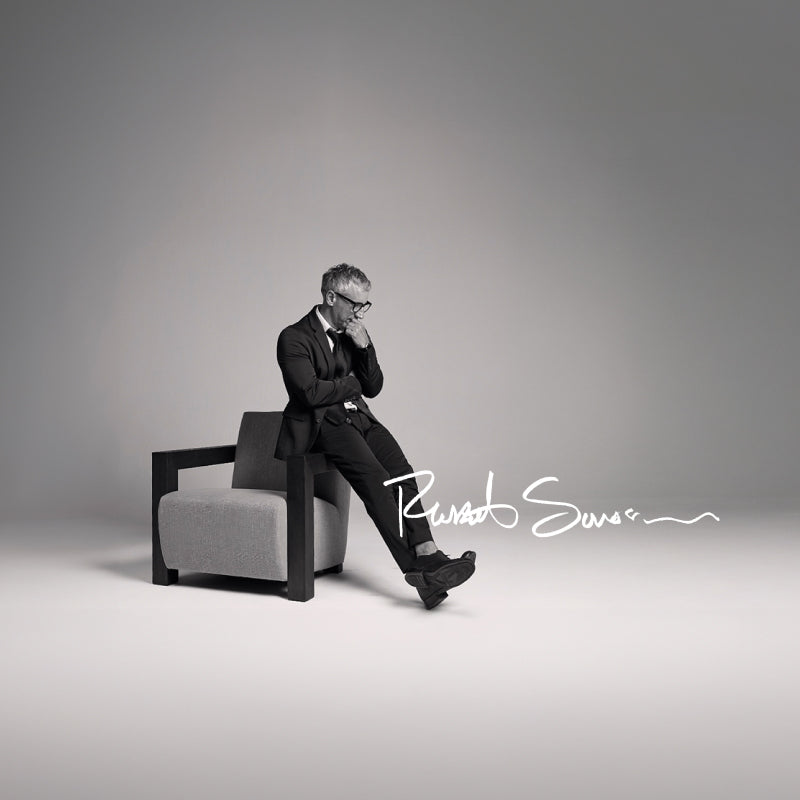
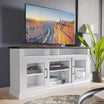
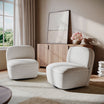
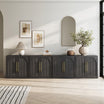
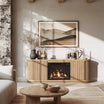


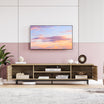
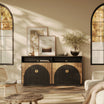
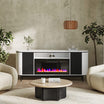
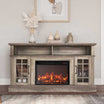
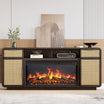
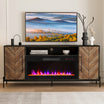
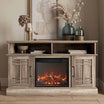
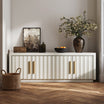
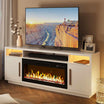
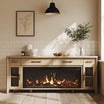
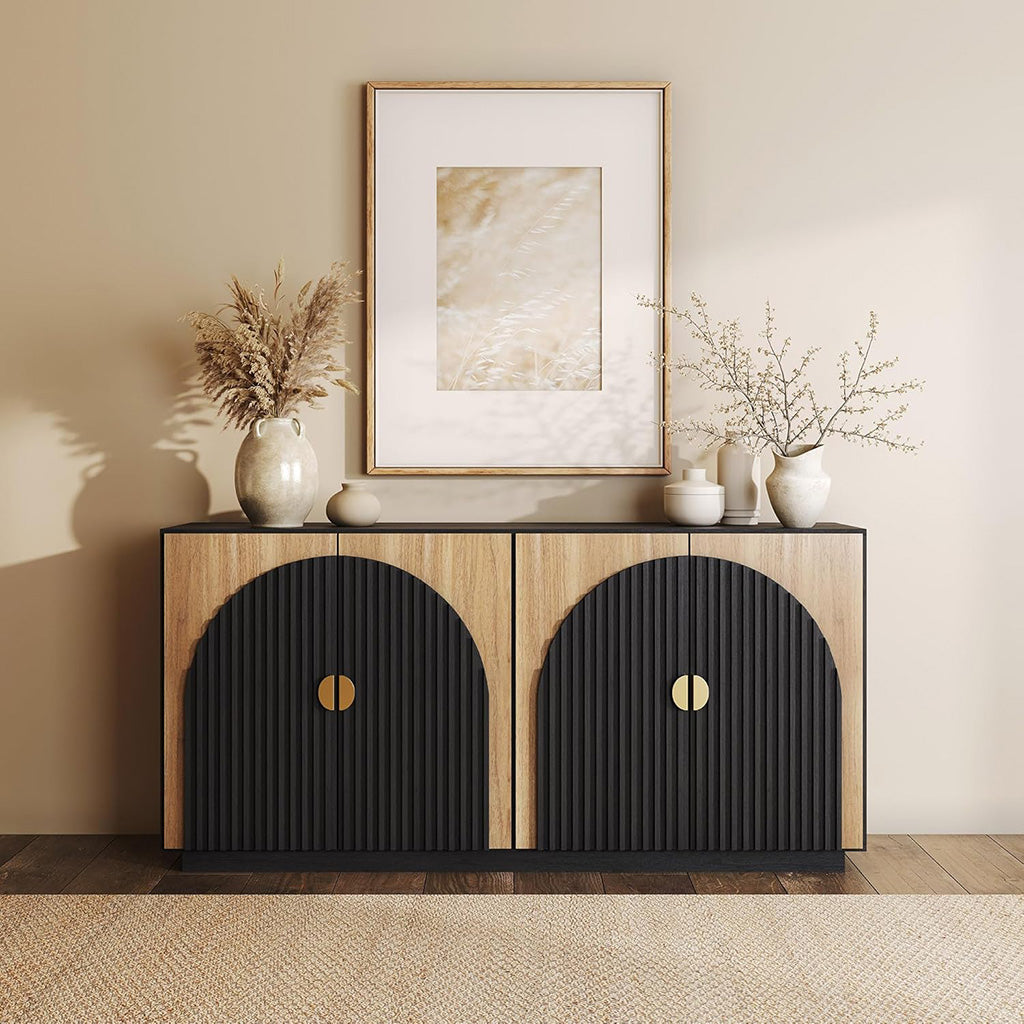




















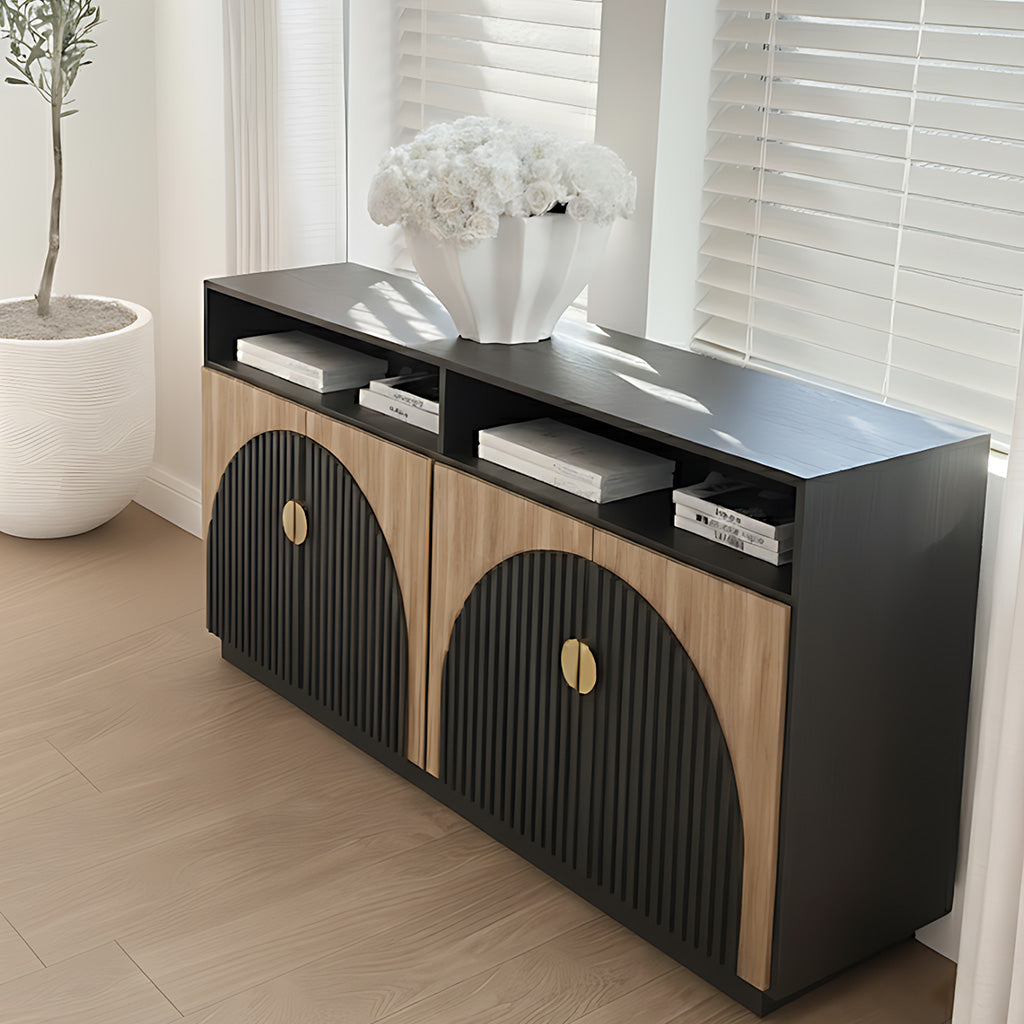
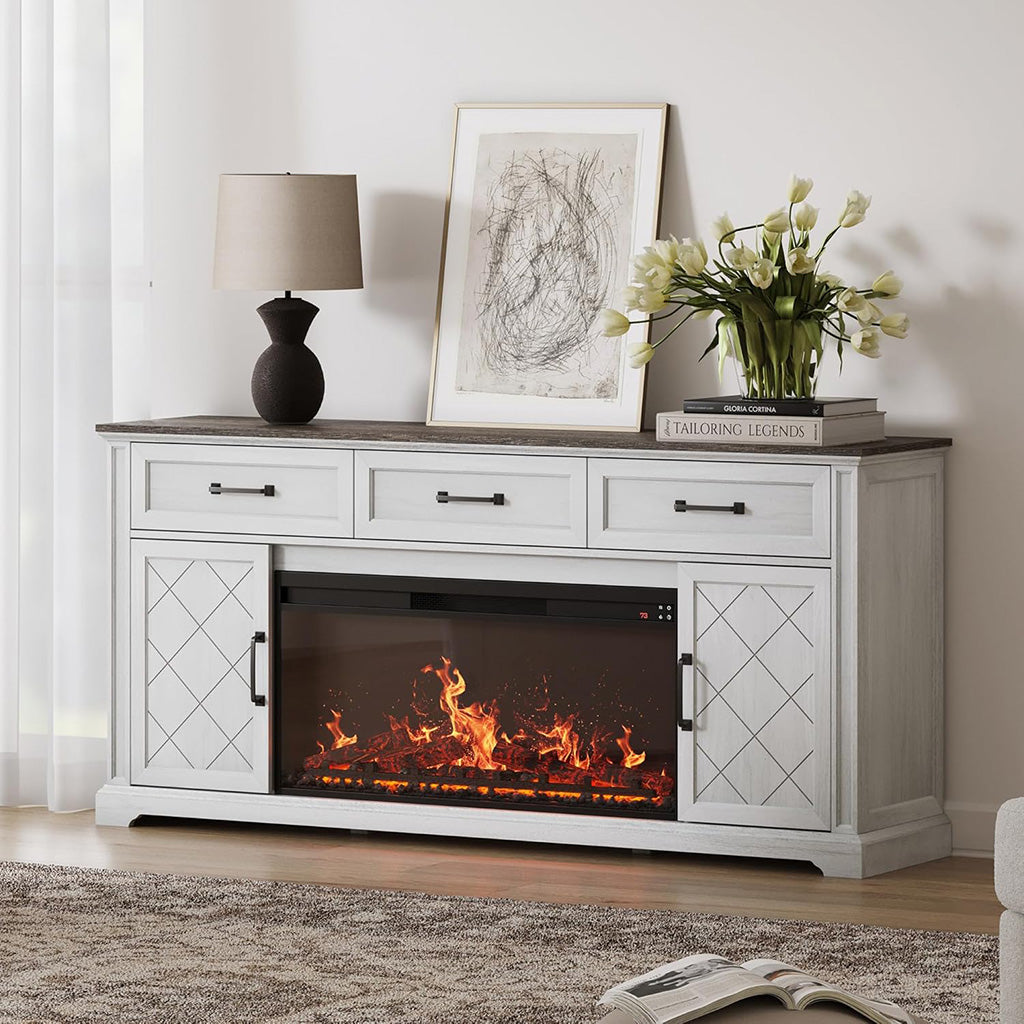
Leave a comment
This site is protected by hCaptcha and the hCaptcha Privacy Policy and Terms of Service apply.